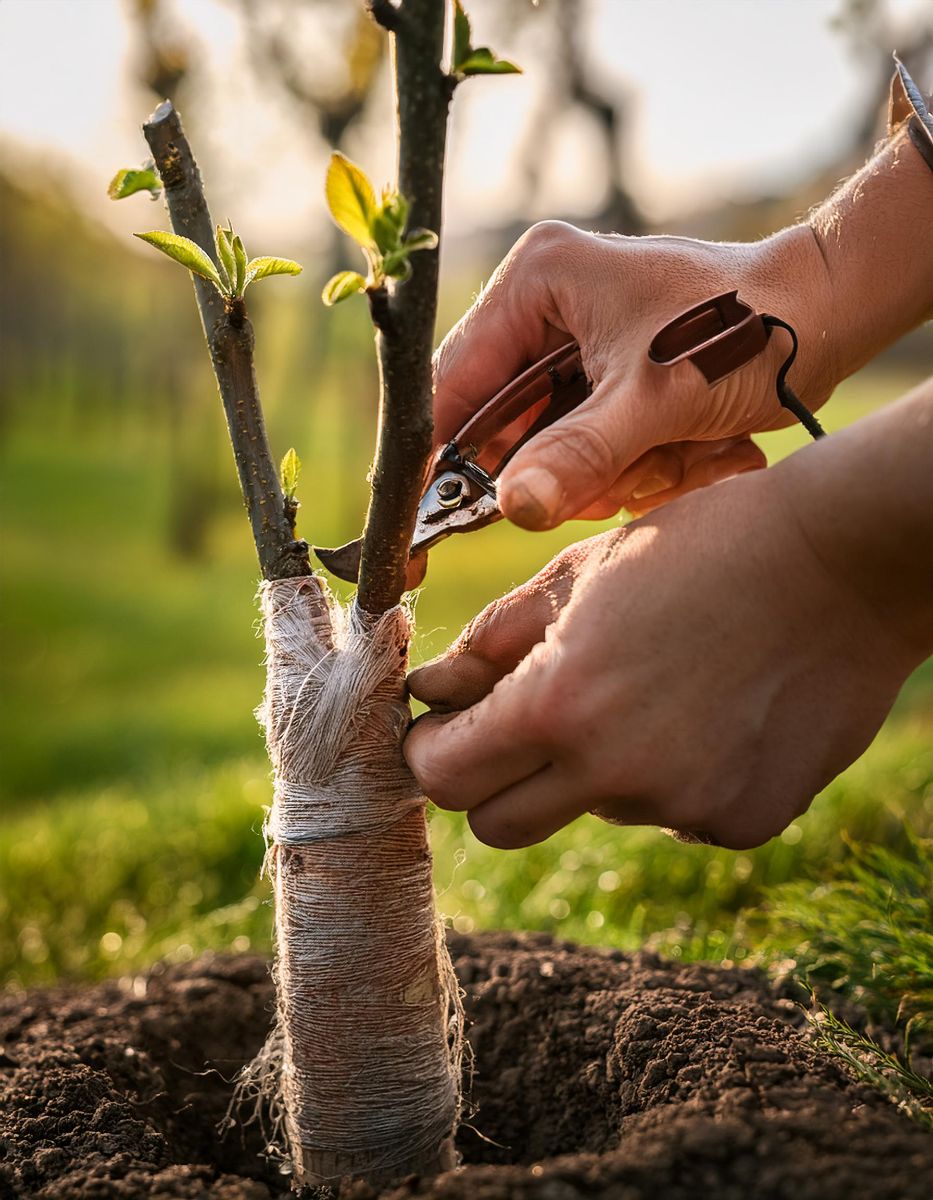Grafting fruit trees is a time-honored horticultural technique that combines the best qualities of two plants into one robust tree. This practice is crucial not only for propagating desirable fruit varieties but also for improving disease resistance and increasing overall tree vigor. Proper grafting can lead to healthier trees that produce high-quality fruit, making this skill essential for both amateur and professional gardeners.
By familiarizing yourself with the best grafting techniques, you can ensure that your efforts yield successful results. Whether you are a novice or an experienced gardener, understanding the intricacies of grafting will significantly enhance your gardening endeavors. So, read on to discover these essential tips that will guide you through the process.
1. Choose the Right Rootstock
Selecting the appropriate rootstock for your fruit tree is the foundation of successful grafting. The rootstock should be compatible with the scion (the grafted piece) and should have qualities like disease resistance and suitable growth habits for your region.
2. Select Healthy Scion Wood
The scion wood should come from a healthy, disease-free tree. It should be taken during the dormant season and should ideally have several buds to ensure successful grafting.
3. Timing is Crucial
Perform grafting during the early spring when both the scion and rootstock are still dormant. This timing helps to minimize sap loss and increases the chances of successful grafting.
4. Use Clean Tools
Always use sanitized, sharp tools for making cuts. Clean tools prevent the introduction of diseases and ensure smooth cuts which are essential for the cambium layers to properly fuse together.
5. Make Proper Cuts
The cuts on both the rootstock and scion should be made at matching angles to increase the contact area for better cambium alignment. Ensure the cuts are smooth and precise.
6. Align Cambium Layers
For successful grafting, the cambium layers (just below the bark) of the rootstock and scion must align perfectly. This alignment is crucial for nutrient and water transport between the grafted parts.
7. Secure the Graft
Use grafting tape or rubber bands to securely bind the grafted areas. This secures the graft and keeps out contaminants while the graft heals.
8. Apply Graft Sealant
Apply a grafting sealant or wax over the grafted area to protect it from drying out and from pests or diseases entering through the cuts.
9. Monitor and Care for the Graft
Keep an eye on the grafted tree to ensure that it remains healthy. Water it properly and check for any signs of disease or graft failure.
10. Prune and Train the Tree
Once the graft has taken and the tree starts to grow, begin pruning and training it to shape its growth. Proper pruning will encourage a strong structure and fruitful productivity.
By following these top tips for grafting fruit trees, you can improve your success rate and enjoy the benefits of your hard work for years to come. Happy gardening!
